Should I get flared handlebars for my road bike?
Turns out there are more benefits to flare than simply getting your hands out the way of your bar bag...
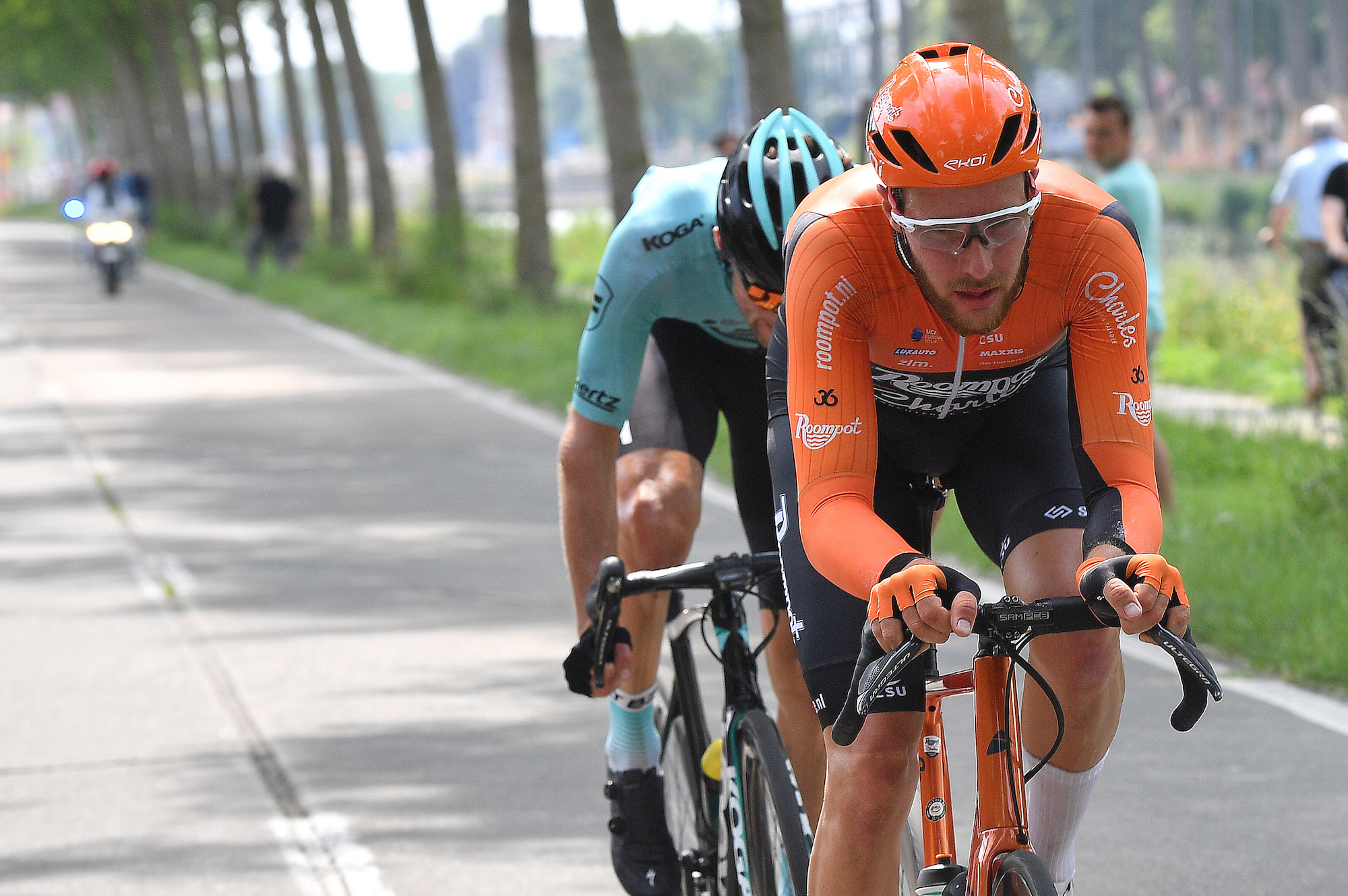

The gravel riding world has widely adopted flared handlebars; the wider stance when locked in the drops offers greater control on technical terrain. But are there any performance gains a died-in-the-wool roadie could reap from the addition of a little flare like those found on the best gravel bike handlebars?
Those more patrial to tarmac can arguably use a flared bar to bring their hands closer together on the tops, whilst still gaining a wider and more stable stance on the drops.
Why go narrower, anyway?
Aerodynamicist and 2020 National 10 mile time trial champion Dan Bigham fully supports a narrower position in the interest of watt savings, though he personally prefers to keep his bars inline.
He said: “My personal opinion is that the standard handlebars width 40–44cm is too wide. There are many people who say if you go smaller you can’t expand your lungs enough and your power will drop off but it’s an absolute myth. The same used to be said about time trial positions, but every single top time trialist in the world right now is in a very narrow cockpit position because the aerodynamics are simply better.”
The gains to be gotten from a narrower setup are quite substantial. Bigham said: “I’ve ridden bars around 35cm [on my road bike] for the last three years. By being more compact you can be significantly more aero, with just a little bar change you can find another 15 or 20 watts at 45kph. Personally, I’m going to be running even narrower next year.”
The handling does change with narrower bars, but Bigham believes riders can adapted to this. “Just look at some of the best sprinters in the world on the track. They’re on 28 or 30cm bars and they’ve got the tightest, most erratic races. Particularly in some of the Keirin’s, they are going at 75/80kph and navigating their way through six other guys.”
Adopting the flare
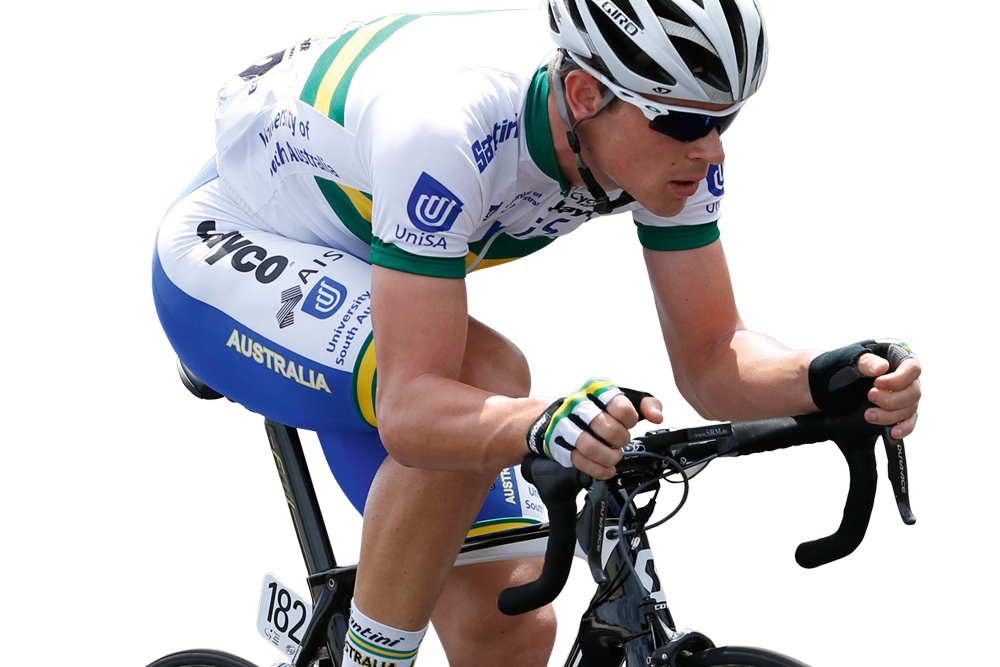
Bigham’s argument that learning to handle a bike with a narrow front end just takes practice could be overshadowed by his own prowess. Not everyone has the bike handling skills of a professional racer. A flared handlebar can marry the benefits of going narrow while keeping your stability.
“It’s the hoods, rather than the drops, that provide the most optimal position for aerodynamics”, said Tim Allen – founder and fitter at Soigneur bike fitting. “When a rider’s hands are in the drops, this can expose the forearm to the wind and is a lot less efficient. By bringing the hands up onto the hoods, the forearm can be completely in line with the hands, reducing the body’s surface area exposed to the wind.”
A flared handlebar can offer improved aerodynamics on the hoods with the narrower position, but without compromising your ability to handle the bike with the wider drops. Allen said: “Going wider on the drops would bring the stability and control of the bike back into the norm. When descending, for example, you wouldn’t want to go beyond your biomechanical limitations.”
Think outside the box
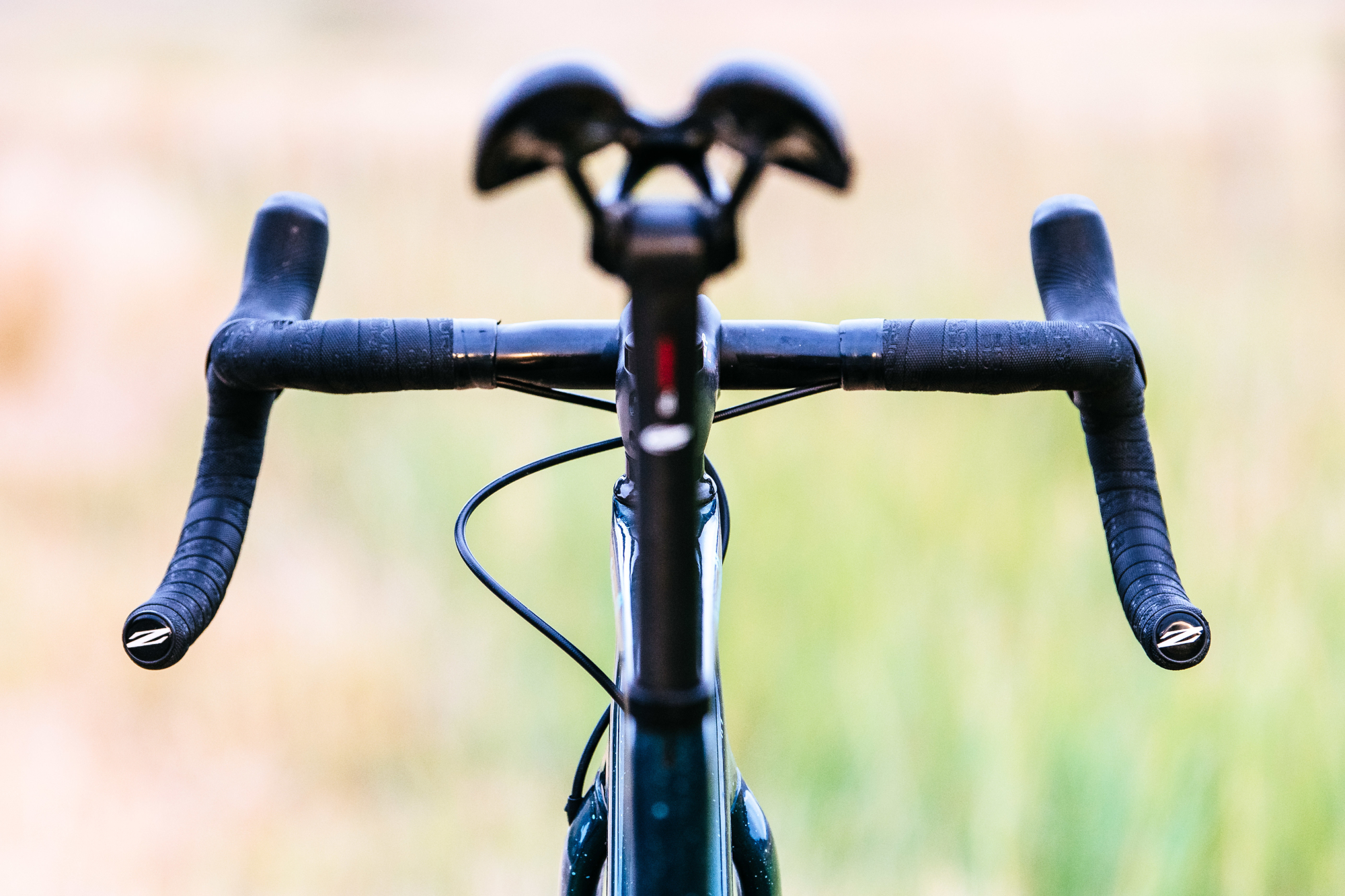
Handlebar flare isn’t the only way of achieving this balance of control and aerodynamics. Nathan Schickel is responsible for the design of Zipp handlebars (as product manager) and he believes that extreme flare is the wrong way to go about optimising your position.
He told CW: “The problem with highly flared bars is that Sram (and our competitors) produce and design brake levers to work in a generally vertical orientation. You’ve got a bit of play with the levers, but you don’t have the 12 or 24 degrees of flare that some handlebars come in.”
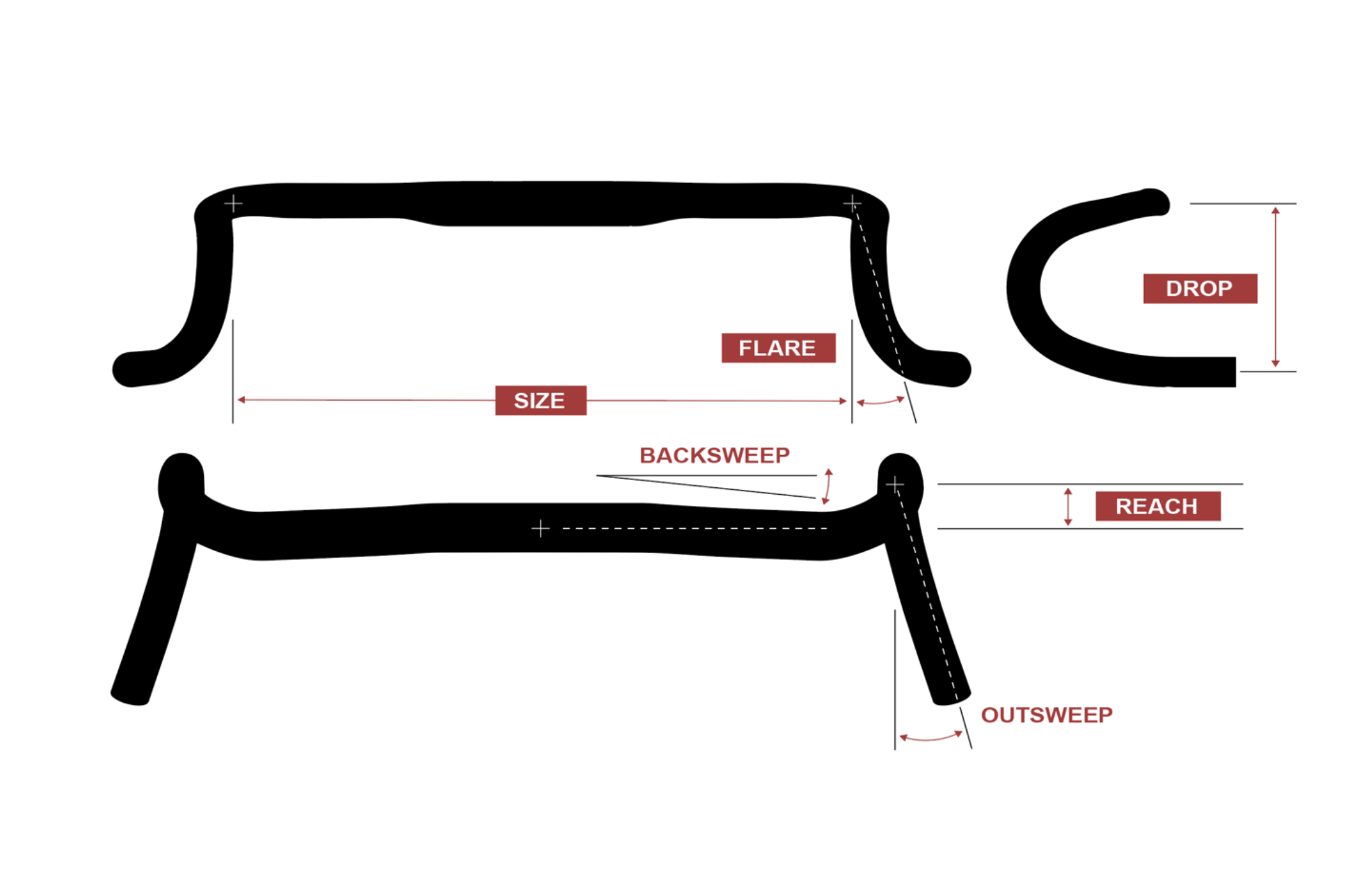
But that’s not to say that wider drops are off the table. Schickel continued: “What we prefer to play with is the outsweep, where you take the bottom of the drop and move it out below where the brake lever attaches. This only changes your arm's relationship to the drops and leaves the orientation of the levers intact.”
From its testing, Zipp has found that the combination of 5° flare and 11° outsweep provides the greatest differential between the hoods and the drops, but without negatively impacting the ergonomics.
We say
It’s certainly not impossible to handle a bike with narrow handlebars. But then again, the pros are definitely outliers in terms of their handling abilities—it’s part of the reason they are professionals. For the majority of people, flared—or outswept—handlebars offer the best balance between aerodynamic gains and control of the bike.
The final say
Flared - Tim says: “You need to think about the effects of your handlebars on both aerodynamics and control. A flared handlebar can offer you the best compromise between the two.”
Inline - Dan says: “Based on the current market, as narrow as you can get is probably going to be your optimal and just adapting to it. Yes, it’s going to feel weird and different, but you will get used to it.”

Thank you for reading 20 articles this month* Join now for unlimited access
Enjoy your first month for just £1 / $1 / €1
*Read 5 free articles per month without a subscription

Join now for unlimited access
Try first month for just £1 / $1 / €1
Get The Leadout Newsletter
The latest race content, interviews, features, reviews and expert buying guides, direct to your inbox!

After winning the 2019 National Single-Speed Cross-Country Mountain Biking Championships and claiming the plushie unicorn (true story), Stefan swapped the flat-bars for drop-bars and has never looked back.
Since then, he’s earnt his 2ⁿᵈ cat racing licence in his first season racing as a third, completed the South Downs Double in under 20 hours and Everested in under 12.
But his favourite rides are multiday bikepacking trips, with all the huge amount of cycling tech and long days spent exploring new roads and trails - as well as histories and cultures. Most recently, he’s spent two weeks riding from Budapest into the mountains of Slovakia.
Height: 177cm
Weight: 67–69kg
-
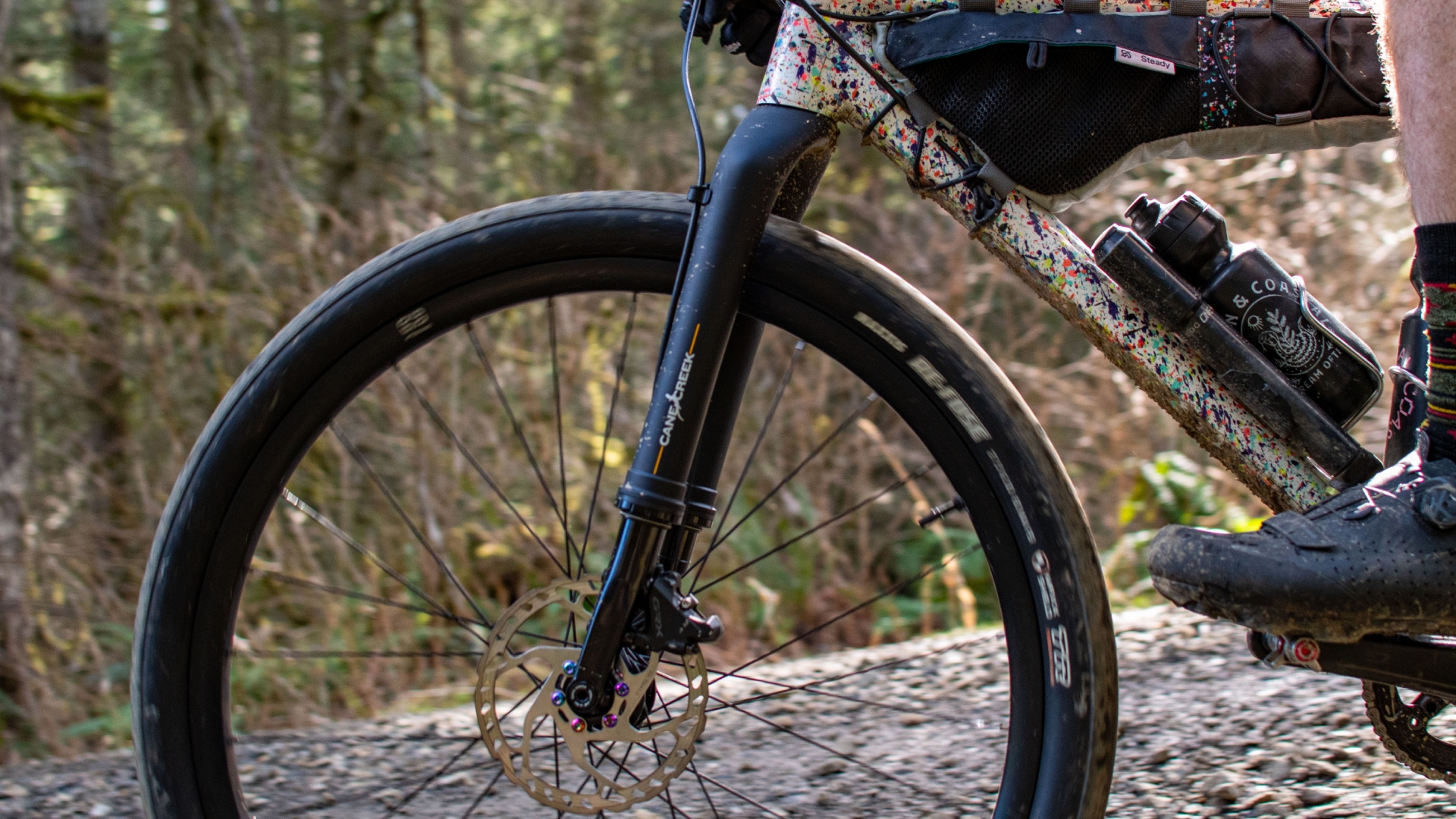 Review: Cane Creek says it made the world’s first gravel fork — but what is a gravel fork, and how does it ride?
Review: Cane Creek says it made the world’s first gravel fork — but what is a gravel fork, and how does it ride?Cane Creek claims its new fork covers the gravel category better than the mini MTB forks from RockShox and Fox, but at this price, we expected more.
By Charlie Kohlmeier
-
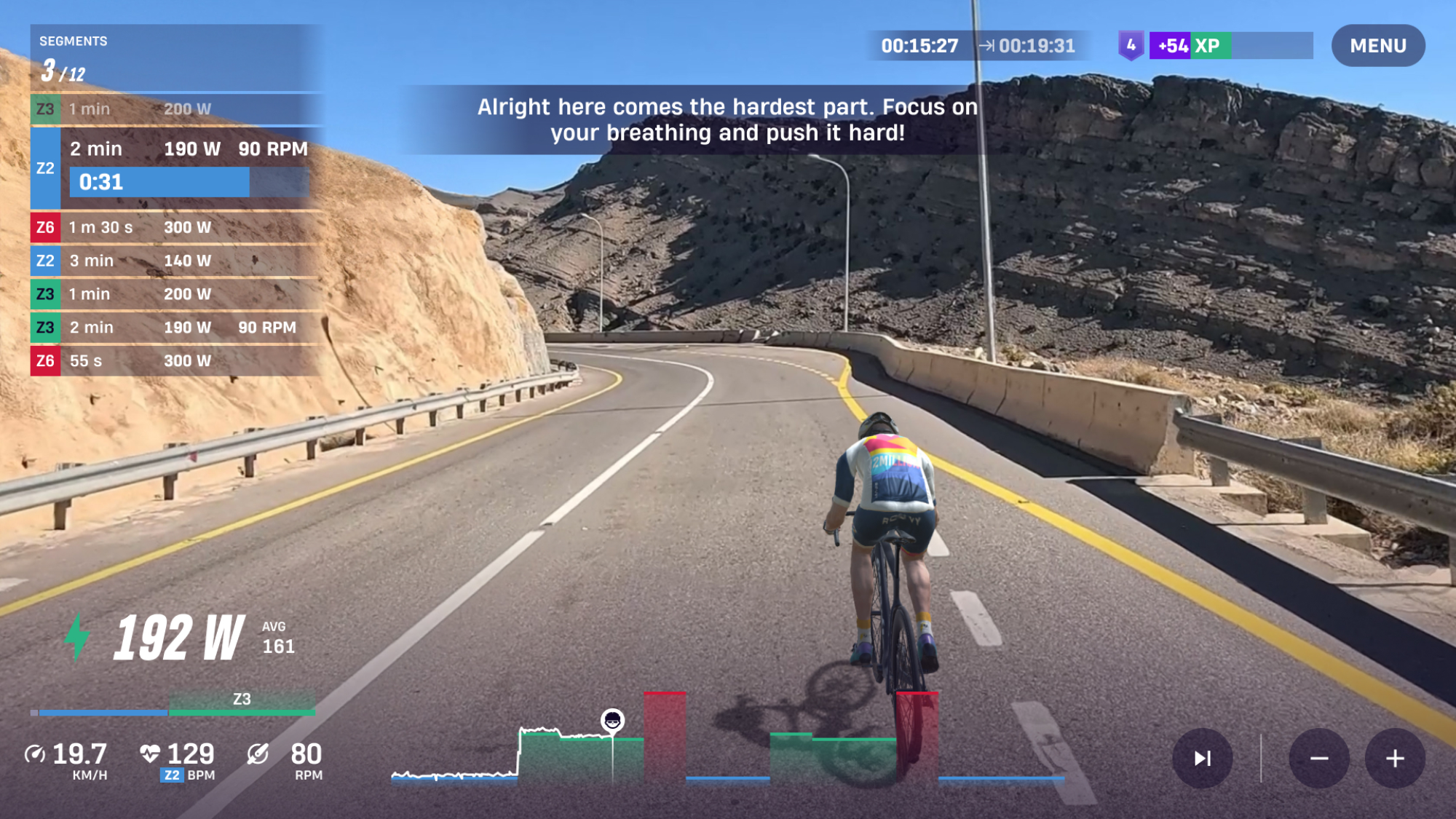 ROUVY's augmented reality Route Creator platform is now available to everyone
ROUVY's augmented reality Route Creator platform is now available to everyoneRoute Creator allows you to map out your home roads using a camera, and then ride them from your living room
By Joe Baker